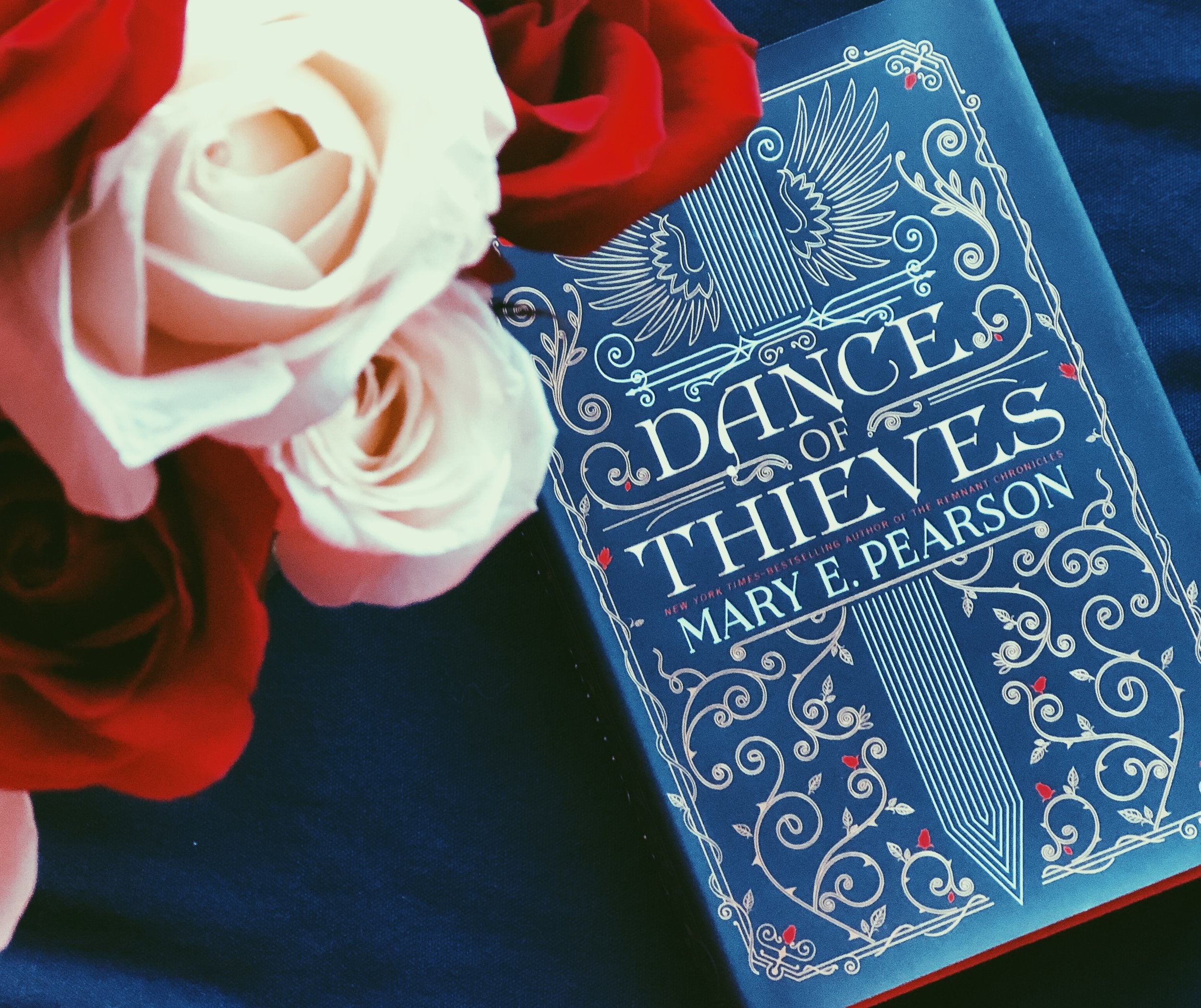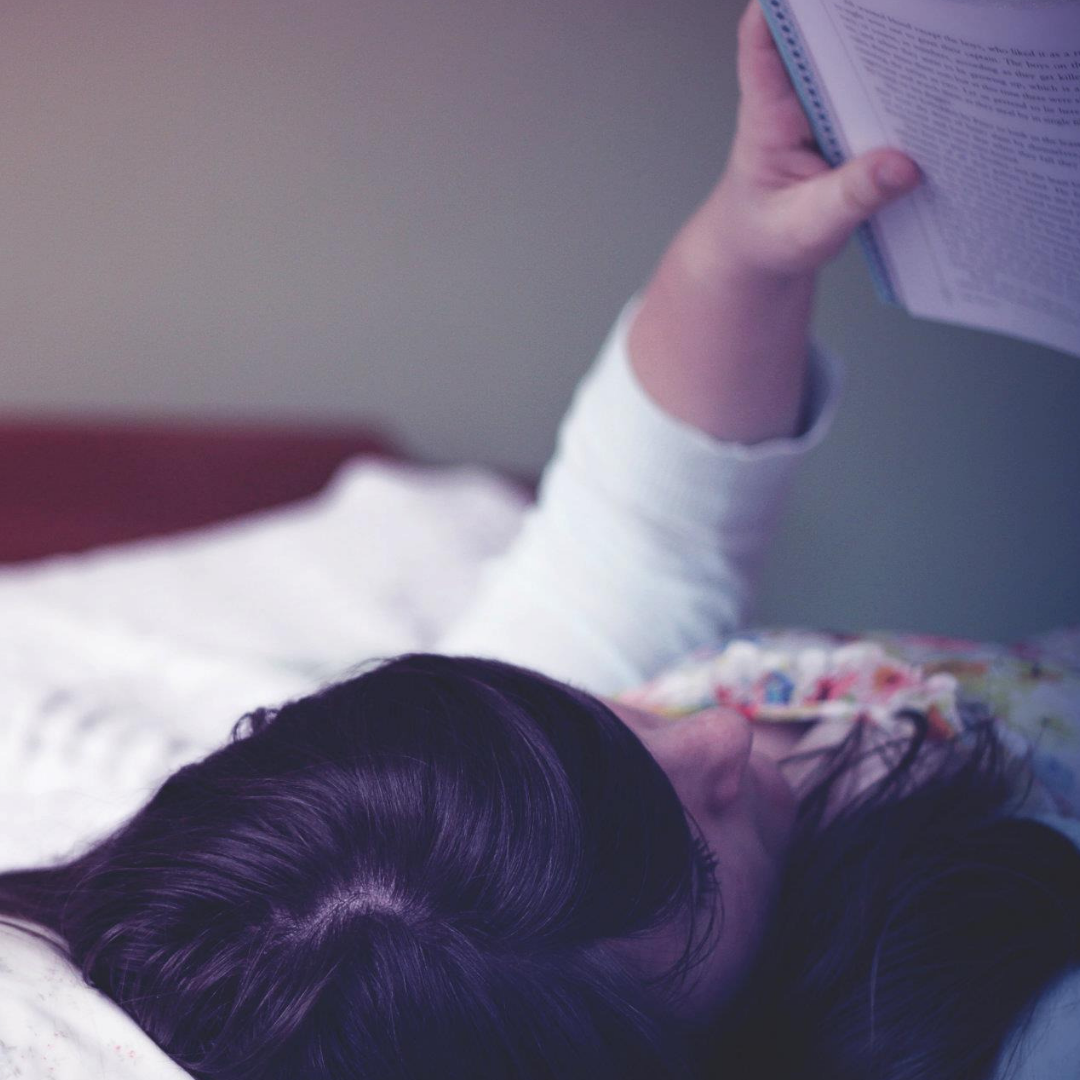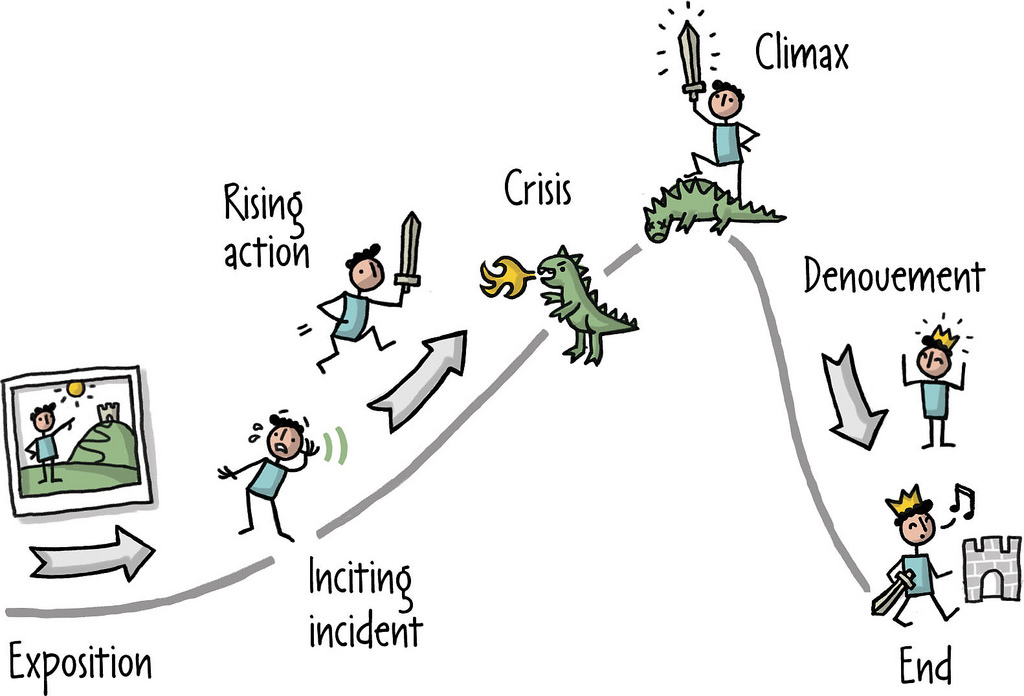Vow of Thieves, the new low fantasy book by Mary E. Pearson, was the one book I’ve been looking forward to reading this year. I do this weird thing when I anticipate a book: I let it sit on the shelf when it arrives. That’s weird right? Here’s my theory: I want to savor it, so I draw out the anticipation. Okay. Yeah. Whatever. A twist in this strange behavior was that when Vow of Thieves released, August 6, it was the day before I left for Prague, so I forced myself to leave it on the shelf until I returned. I couldn’t wait to crack it open and did as soon as I got home. Then I forced myself to read it slowly, because I wanted to enjoy it like a fine dining meal.
I wasn’t disappointed. The joy and magic I found in the first installment of this duology, Dance of Thieves (review here), still existed in Vow of Thieves. Not only that, I found the quality of the storytelling built along with the narrative (which can’t always be said for a series). What I loved about the first book (as well as The Remnant Chronicles) is Pearson’s incredible voice, the flow of her words, the excellent dialogue, the imagery she’s able to articulate to engage all of my senses, the way I’m able to connect to the fantasy with ease, and then to hit me in the heart so I’m feeling the feels right along with the characters.
And about those characters, particularly Kazi and Jace, they are sensational. Besides being developed so thoroughly to make them three dimensional on the page, Pearson is able to make them seem like people I’ve been invested in for years. One of the struggles as a writer is maintaining tension, especially in a series or a book with romantic elements. When the hero and heroine finally find one another, that is usually the climax to the denouement of a story. Pearson, however twisted it. She got our hero and heroine together and then found a way to bring the tension up 100 notches but not in a way you would expect, which made the narrative that much richer.
I loved this conclusion to the Dance of Thieves Duology. I’ve been very open about being a fan of Pearson’s work. This book reinforced my admiration for her as a writer, and my love of her work as a reader.

















